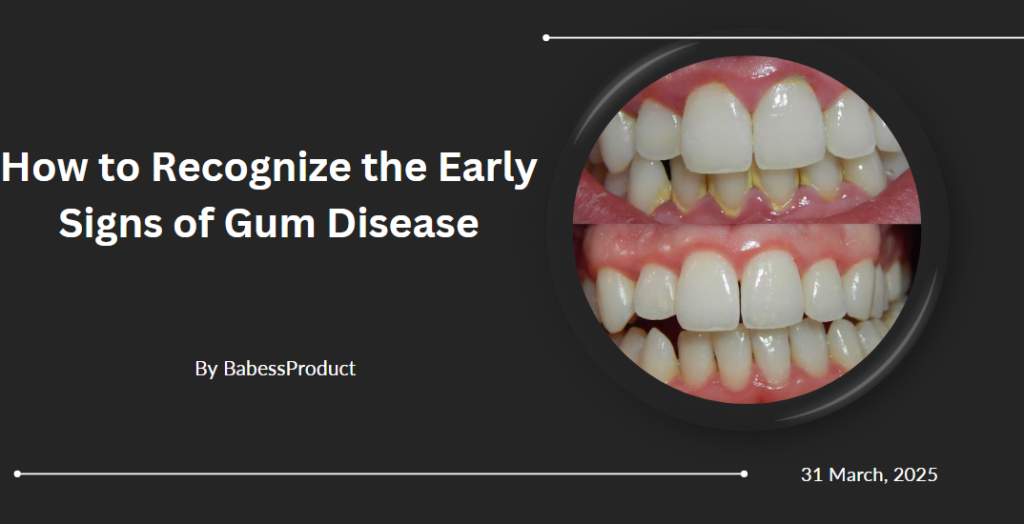Gum disease, also referred to as periodontal disease, is a common dental issue that can impact your oral health. Recognizing its early signs is key for addressing the problem before it worsens. By understanding the symptoms and taking action promptly, you can help protect your gums and teeth, allowing for a healthier smile.
Gum Disease
Gum disease occurs when bacteria in the mouth build up and cause inflammation in the gums. It typically begins as gingivitis, the mildest form of the condition, which can progress to more severe stages if not addressed. Common triggers include poor oral hygiene, smoking, and genetics. While it can affect anyone, factors like diet, stress, or existing medical conditions may increase susceptibility. Knowing how to spot the signs early gives you the best chance of managing the condition effectively.
Common Symptoms to Watch For
Recognizing the symptoms of periodontal disease begins with understanding the subtle shifts in your oral health. Pay attention to these warning signs as they could indicate the early onset of a problem:
- Bleeding Gums: If you notice bleeding after brushing or flossing, it could signal gum sensitivity. This is one of the earliest indicators of periodontal disease.
- Swollen or Red Gums: Gums that appear red, tender, or swollen are another sign of inflammation. Healthy gums are typically firm and pink.
- Bad Breath: Persistent bad breath, known as halitosis, may stem from bacterial buildup beneath the gum line.
- Receding Gums: If your gums start pulling away from your teeth, creating pockets, it might be an early indication of gum recession caused by gum disease.
Lifestyle Factors
Certain lifestyle habits can play a role in the development of gum disease. Becoming aware of these risk factors can guide you in making healthier choices to maintain gum health. Smoking is one of the leading causes of gum disease, impairing gum tissue healing and reducing oxygen supply to the gums. Smokers are more likely to experience gum issues than non-smokers.
Another contributing factor is diet. A poor diet lacking essential nutrients may weaken your gums and immune response. Foods high in sugar also feed harmful bacteria that can accelerate periodontal disease progression. Maintaining a balanced diet rich in vitamins and minerals can help strengthen your gums.
How to Prevent Gum Disease
Prevention is key, and incorporating a few simple habits into your daily routine may make a world of difference. Here are some strategies to protect your gums before problems arise:
- Brush and Floss Regularly: Brushing twice a day and flossing once daily removes plaque and prevents bacterial buildup.
- Rinse with Mouthwash: Use an antibacterial mouthwash to kill germs below the gumline.
- Stay Hydrated: Drink water throughout the day and after meals to flush out food particles and bacteria.
- Visit the Dentist: Schedule routine dental check-ups and cleanings at least twice a year to catch issues early.
Developing these habits not only combats gum disease but also strengthens the foundation of a healthy smile for years to come.
When to Consult a Dentist
If you suspect signs of early periodontal disease, consulting a professional is always the best course of action. Dentists are trained to identify the condition during its early stages, even when the signs are subtle. Reach out to your dentist if you notice persistent symptoms like chronic bad breath, swollen gums, or gum tenderness. Early intervention may improve the effectiveness of treatments.

